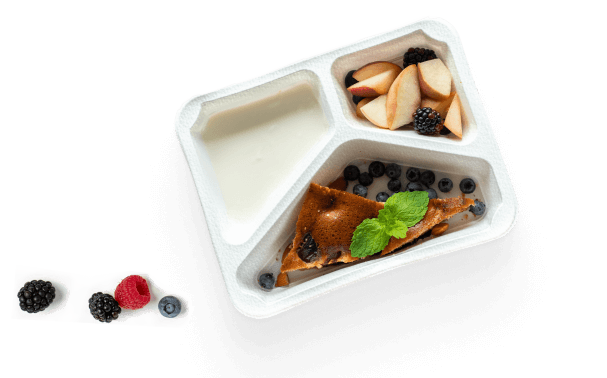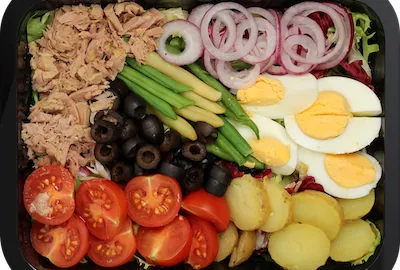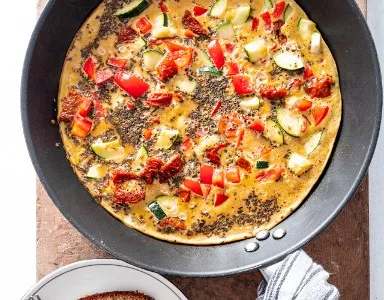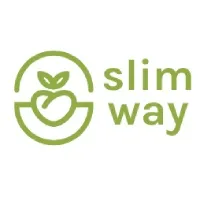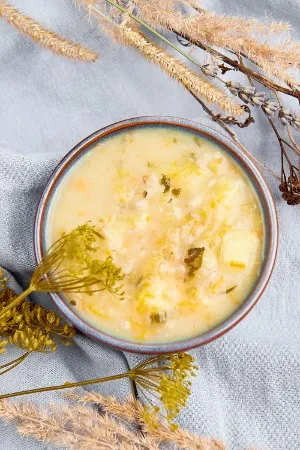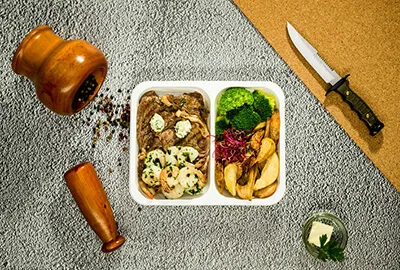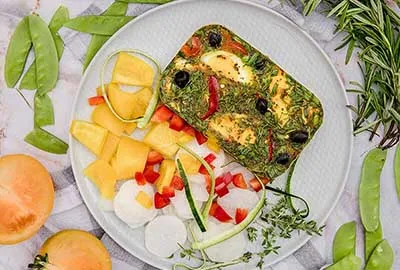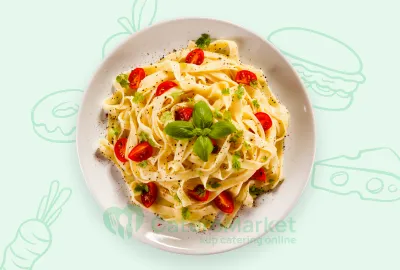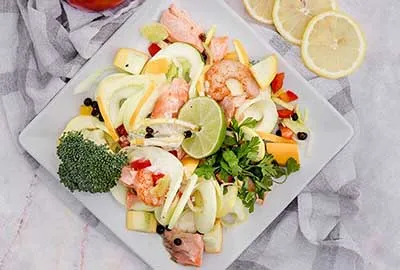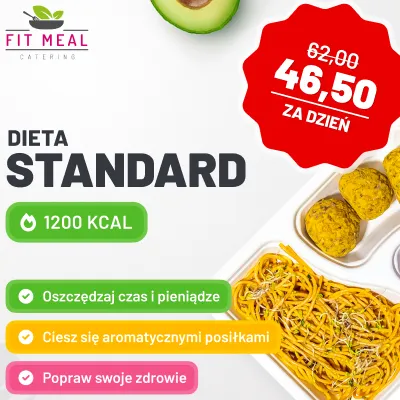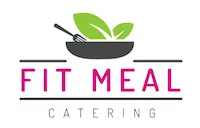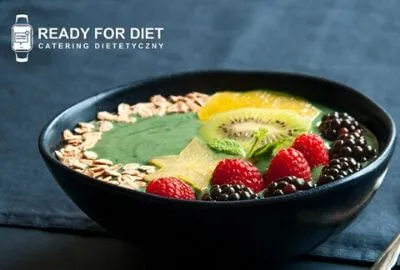
Odżywianie
Obowiązkowe przyprawy w każdej kuchni!
Udostępnij ten artykuł
Źródła
- Jurenka JS, Anti-inflammatory properties of curcumin, a major constituent of Curcuma longa: a review of preclinical and clinical research. Altern Med Rev 2009 Jun;14(2):141-53
- Soni KB, Kuttan R, Effect of oral curcumin administration on serum peroxides and cholesterol levels in human volunteers. Indian J Physiol Pharmacol. 36(4):273-5
- Shoba G, Joy D, Joseph T, Influence of piperine on the pharmacokinetics of curcumin in animals and human volunteers. Planta Med 1998 May;64(4):353-6.
- Tung YT, Chua MT, Wang SY, Chang ST, Anti-inflammation activities of essential oil and its constituents from indigenous cinnamon (Cinnamomum osmophloeum) twigs. Bioresour Technol. 2008 Jun; 99(9):3908-13.
- Khan A, Safdar M, Ali Khan MM, Khattak KN, Anderson RA, Cinnamon improves glucose and lipids of people with type 2 diabetes. Diabetes Care. 2003 Dec; 26(12):3215-8.
- Broadhurst CL, Polansky MM, Anderson RA, Insulin-like biological activity of culinary and medicinal plant aqueous extracts in vitro J Agric Food Chem. 2000 Mar; 48(3):849-52.
- Mark F McCarty, James J DiNicolantonio, and James H O'Keefe, Capsaicin may have important potential for promoting vascular and metabolic health. Open Heart 2015; 2(1): e000262.
- Zsiborás C, Mátics R, Hegyi P, Capsaicin and capsiate could be appropriate agents for treatment of obesity: A meta-analysis of human studies. Crit Rev Food Sci Nutr 2016 Dec 21:1-9
Popularne artykuły
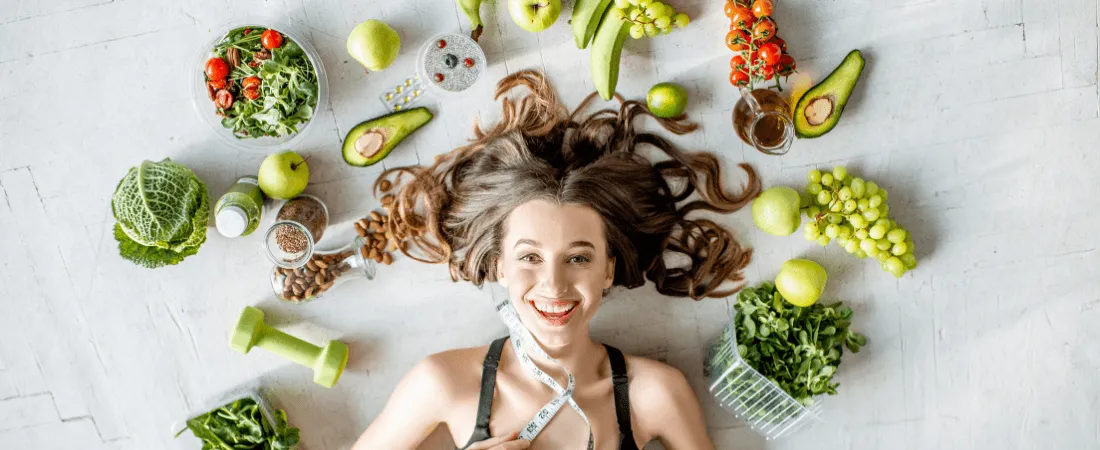
Odżywianie
Zdrowie
Co jeść żeby schudnąć
3 minuty czytania
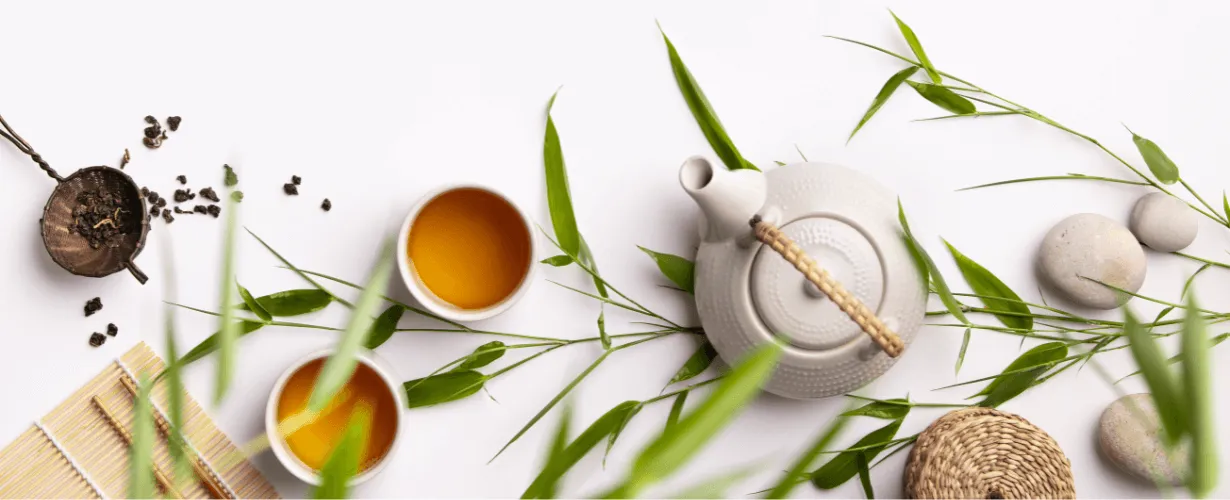
Zdrowie
Lifestyle
Cudowne właściwości herbaty
4 minuty czytania
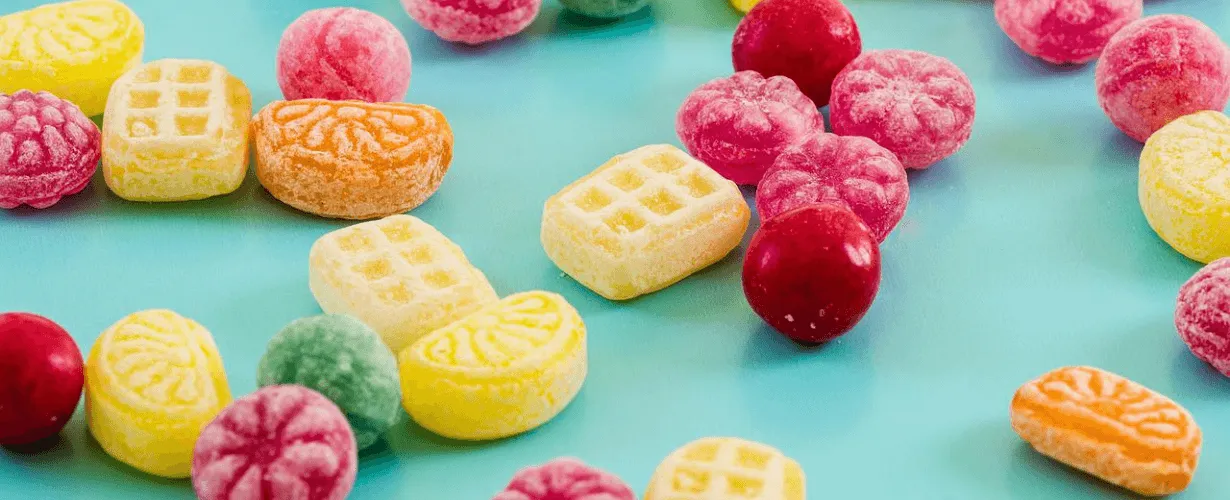
Odżywianie
Co to są puste kalorie i dlaczego lepiej ich unikać?
4 minuty czytania

Zdrowie
Jak pozbyć się refluksu żołądkowo-przełykowego?
5 minuty czytania
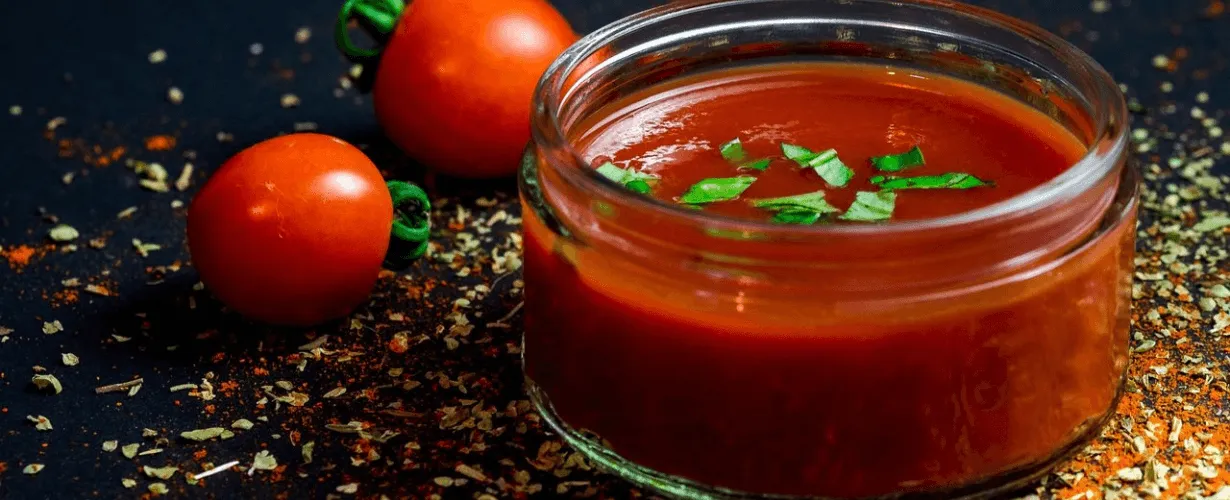
Odżywianie
Czy sos może być dietetyczny? Sprawdź przepisy na zdrowe sosy!
4 minuty czytania

Zdrowie
Kolagen i jego rola w organizmie człowieka
3 minuty czytania
Bestsellery Cateromarket

